Resources and fun stuff
The SKA Observatory is eager for science enthusiasts of all ages to engage with the project, and to have fun in the process!
Table-top radio telescope
The SKAO table-top radio telescope (TTRT) can provide a real-time radio astronomy observation of the Milky Way in less than one minute, by measuring the emission from hydrogen gas.
You can construct your own TTRT for less than £100 using this how-to guide containing build instructions and driver software.
The device replicates techniques used by astronomers to peer through clouds of interstellar dust and map the distant regions of our galaxy.
The TTRT can be used as a hands-on outreach tool to demonstrate both simple and more complex physics to all ages.

See the SKA antennas in Augmented Reality
Experience both antenna designs of the SKA on their sites in South Africa and Western Australia brought to life in augmented reality. What’s more you can personalise them with your own choice of colours!
Draw your own shapes and colours in the real world on the new SKA colouring sheet, and using your mobile device see it pop into life in the digital world on the surface of the SKA’s dishes.
Once you’re in the app, you can explore the SKA antennas in both telescope host countries, and learn more about how a radio telescope like the SKA will collect information from the sky for astronomers around the globe.
You can see how the SKA-Low antennas will be laid out in stations in Australia, and even give them a colour of their own.
The augmented reality experience has been developed by the International Centre for Radio Astronomy Research (ICRAR) with New Zealand firm Quivervision, and funding from SKA Australia and the Australian Government.
See the augmented reality app in action, then download the colouring sheet and design your own! The Quivervision app behind the augmented reality experience is available for free on the Apple app store and the Google Play Store.
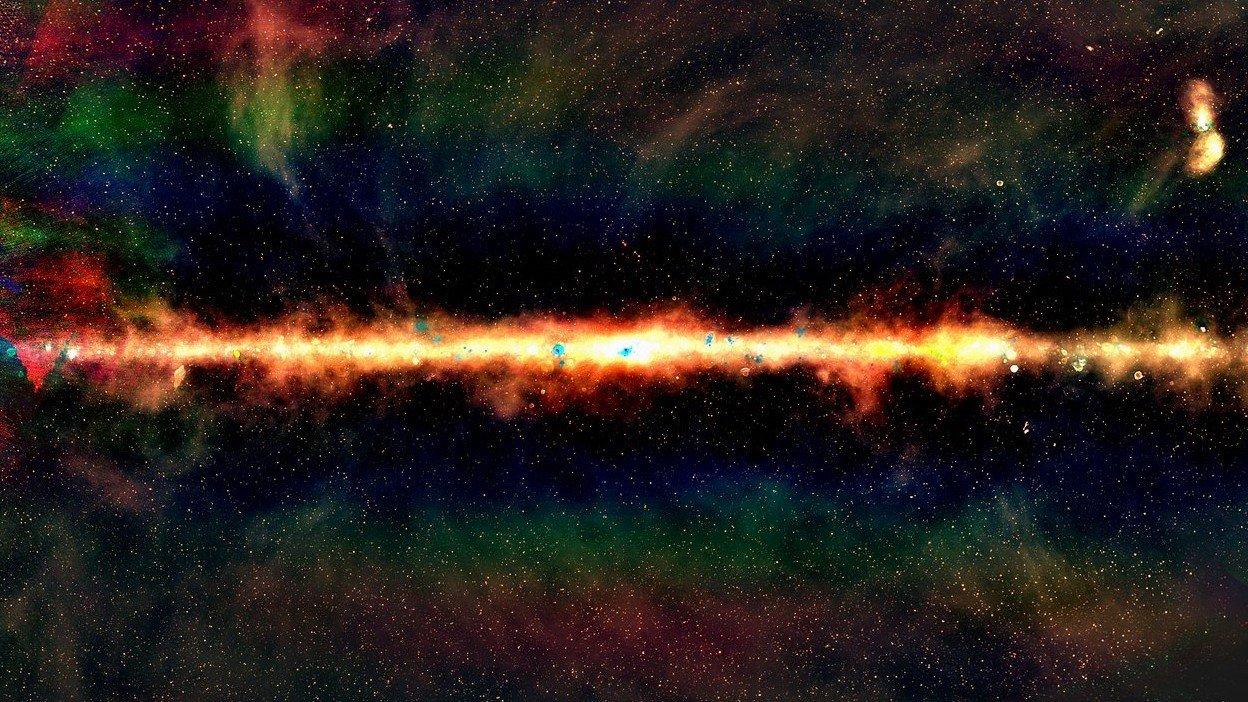
Explore our galaxy in the GLEAMoscope app from the SKA site
The GLEAMoscope VR app shows the Milky Way as seen from Western Australia’s Murchison region, in wavelengths ranging from gamma ray to X-ray, visible light, far infrared, microwave and radio waves. The app features the Murchison Radio-astronomy Observatory (MRO) site, including the recently deployed SKA-low prototype antennas. The radio observations on GLEAMoscope originate from the GaLactic and Extragalactic All-sky MWA (GLEAM) survey on the Murchison Widefield Array (MWA), an SKA precursor telescope.
The latest GLEAMoscope mobile app has been released, and this one doesn’t need a headset to use! You can download from the Apple Store or Google Play and view the sky with radio eyes.
Mission MeerKAT and Cosmic Adventures
SKA Africa’s Mission MeerKAT cartoon explains how radio astronomy works and why the SKA and its precursor telescope MeerKAT are being built in South Africa’s Karoo region. The colourful comic book format is designed to engage children and their families in the story of the SKA and MeerKAT.
Check out the adventures of inquisitive school girl Hannah, young astronomer Naledi and their animal friends (including an actual meerkat) as they learn more about SKAO! Download the comics on the SARAO website.
The SKA also features in The Cosmic Adventures of Alice and Bob, alongside its precursor in Western Australia, the Murchison Widefield Array (MWA). Join Alice and Bob on an exciting journey of invention and discovery, and learn about true stories of scientific breakthroughs, including how student Jocelyn Bell discovered the first pulsar!
Produced by CAASTRO, the Australian Research Council Centre of Excellence for All-Sky Astrophysics, the comic book communicates ideas about science, research, innovation, and astronomy to primary school children. Educators can find teaching notes on the CAASTRO website
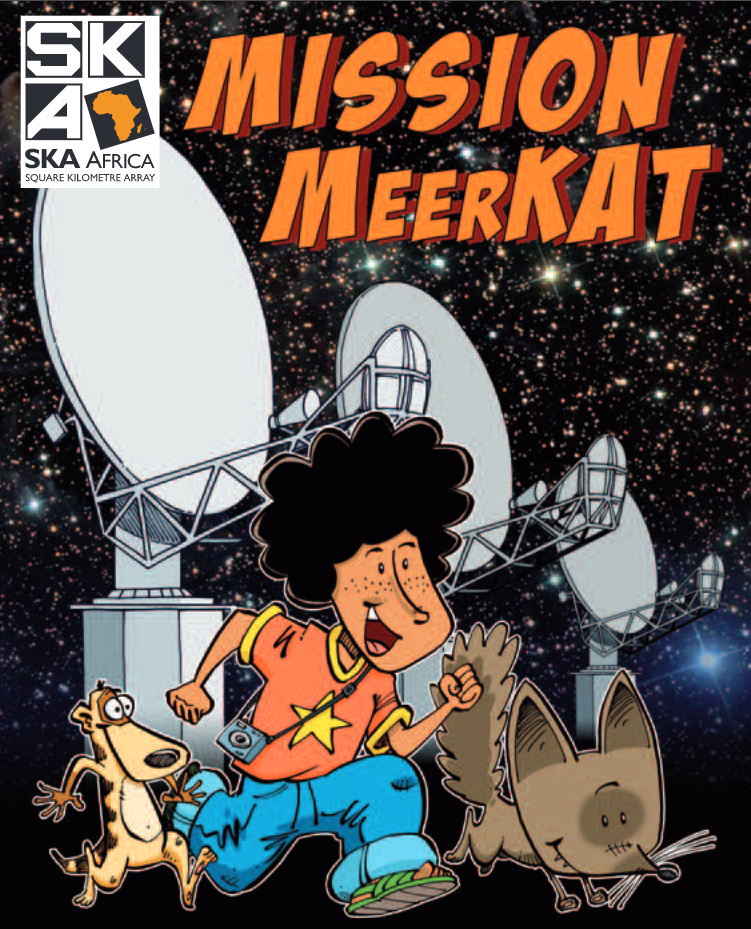
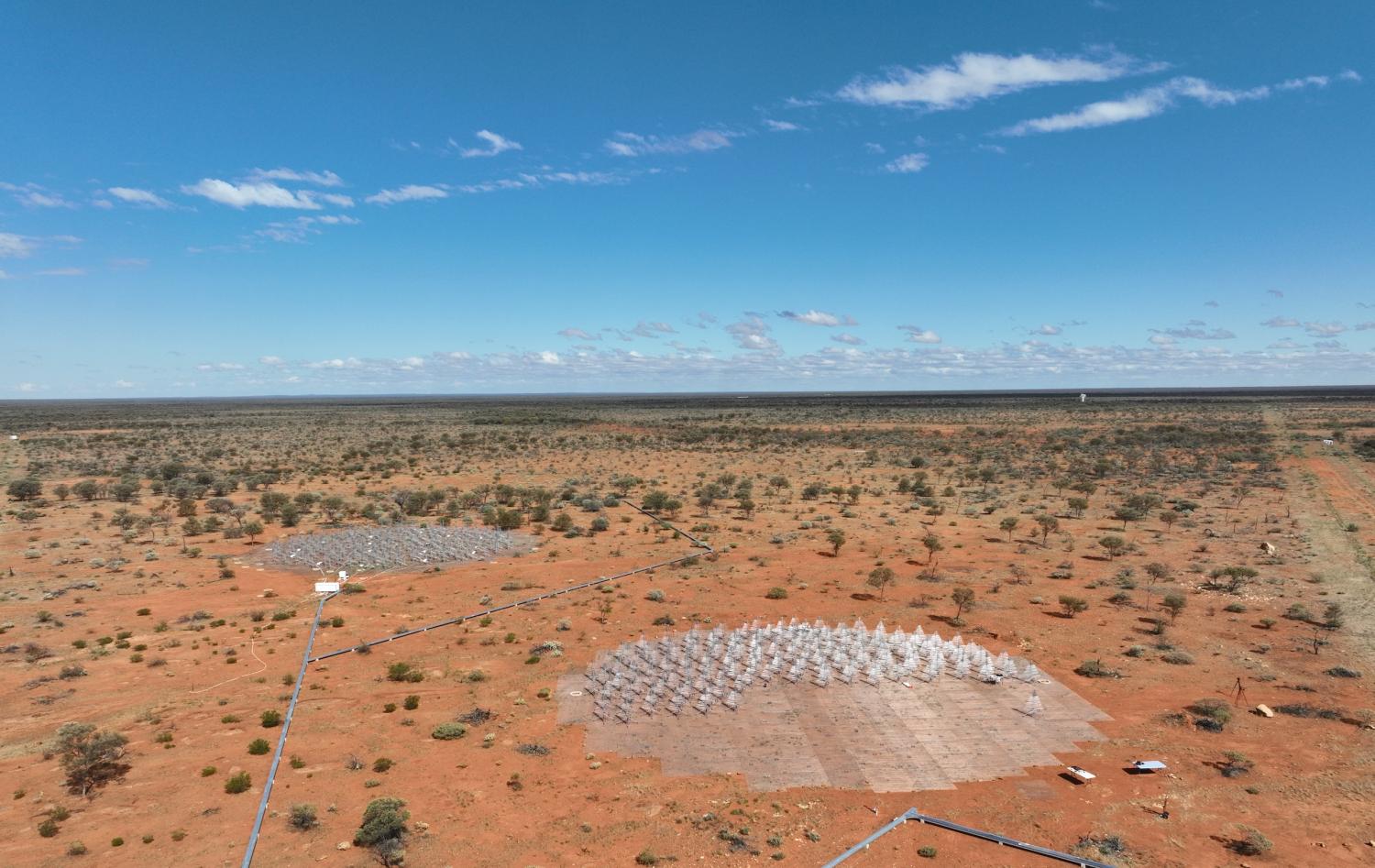
Australia SKA site virtual tour
Welcome to Inyarrimanha Ilgari Bundara, the CSIRO Murchison Radio-astronomy Observatory (MRO), Australia’s SKA site!
Created by ICRAR, CSIRO and the Australian SKA Office, this virtual tour of the MRO includes information and 360 degree views of all the key locations on site, including:
-
SKA Precursors, the Murchison Widefield Array (MWA) and CSIRO’s ASKAP radio telescope.
-
SKA-Low prototype stations, the Aperture Array Verification System (AAVS) and Engineering Development Array (EDA)
-
The MRO Control Building.
-
The Solar Hybrid Power Station.
-
The Pawsey Supercomputing Research Centre in Perth
“Archaeology of Light - An Immersive Journey Through Space and Time" is one possible journey through the most detailed 3D model of the universe. The 20 minute immersive movie starts from Earth, and charts out a voyage throughout the various scales of the universe, from our solar system, to the Milky Way, all the way to the cosmic web and the relic light of the Big Bang.
How does a radio wave become a picture?
Planets, stars and nebula’s all emit radio waves, which are a form of invisible light waves. They are detectable with radio telescopes such as the dish telescopes at Westerbork and radio telescope LOFAR. But how do the researchers at ASTRON construct an image out of those invisible waves?
Find out more on the ASTRON webpage here
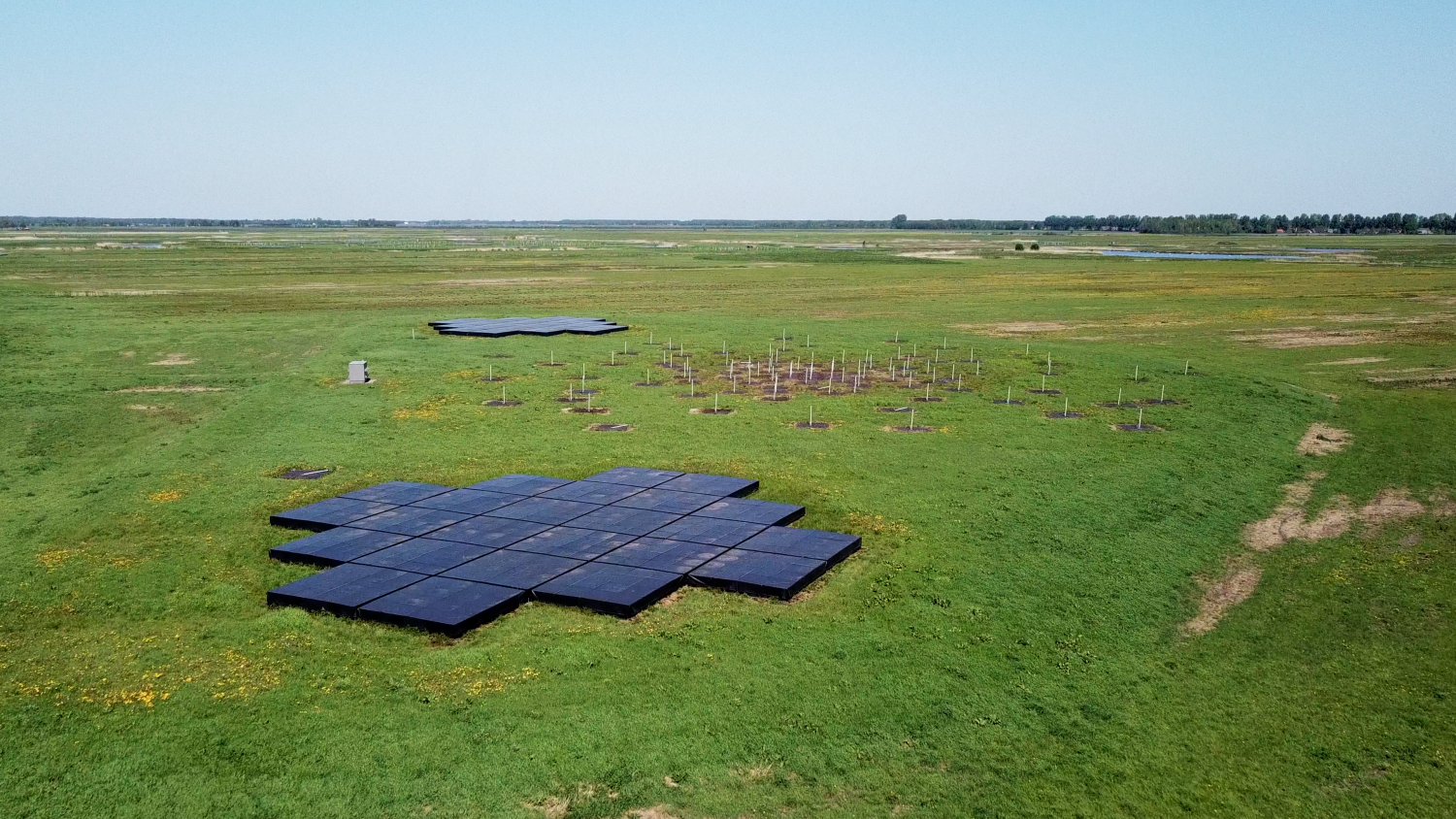
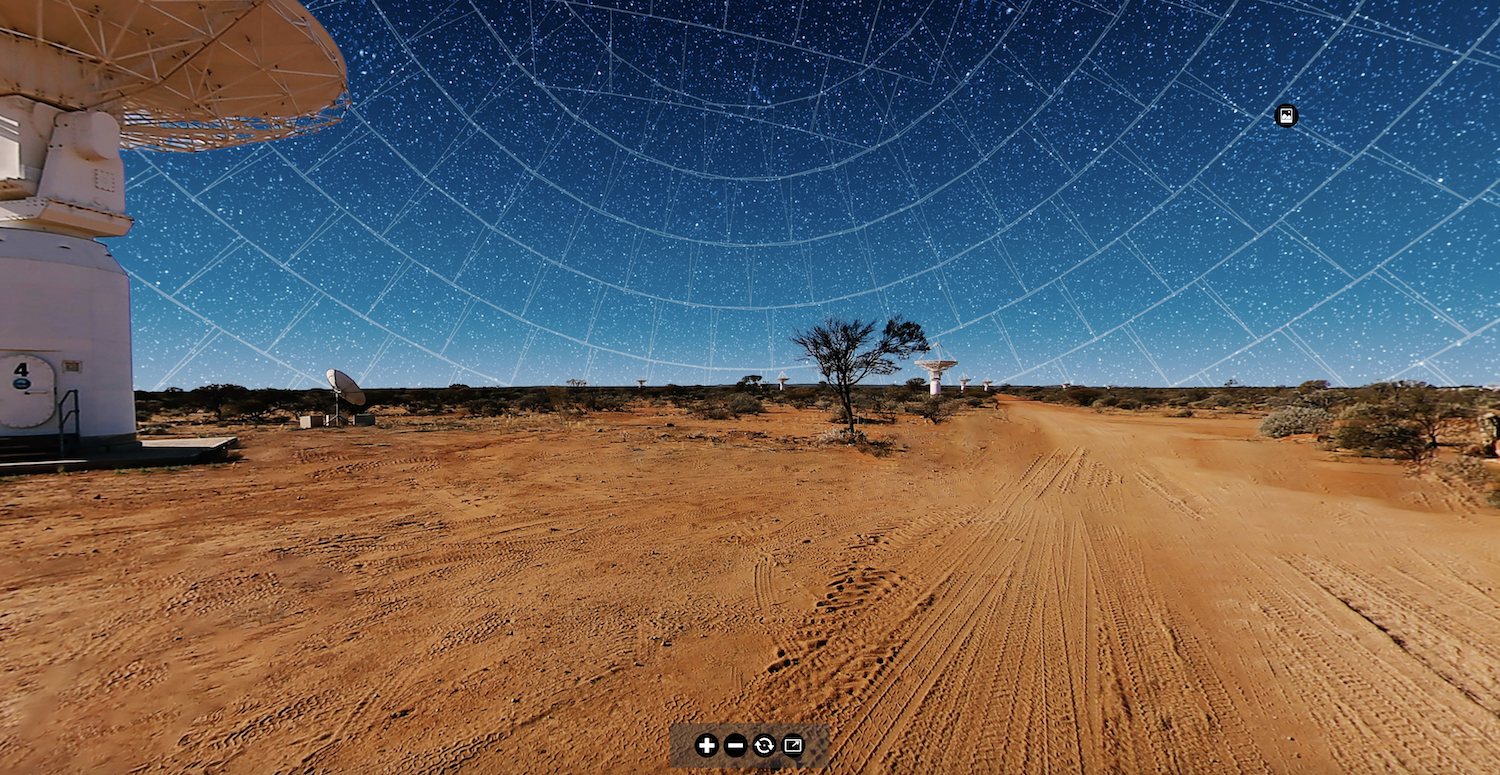
RACS sky virtual tour
With the RACS survey, SKA precursor ASKAP produced 903 images, each requiring 15 minutes of exposure time. These were then combined into one map covering the entire area.
The resulting panorama of the radio sky will look surprisingly familiar to anyone who has looked up at the night sky themselves. In ASKAP’s photos, however, nearly all the bright points are entire galaxies, rather than individual stars.
Hunting exo-auroras
Using the Dutch-led Low Frequency Array (LOFAR) radio telescope, astronomers have discovered unusual radio waves coming from the nearby red dwarf star GJ1151. The radio waves bear the tell-tale signature of aurorae caused by an interaction between a star and its planet. The radio emission from a star-planet interaction has been predicted for over thirty-years but this is the first time astronomers have been able to discern its signature. This method, only possible with a sensitive radio telescope like LOFAR, opens the door to a new way of discovering exoplanets in the habitable zone and studying the environment they exist in. http://bit.ly/39RPSSv




